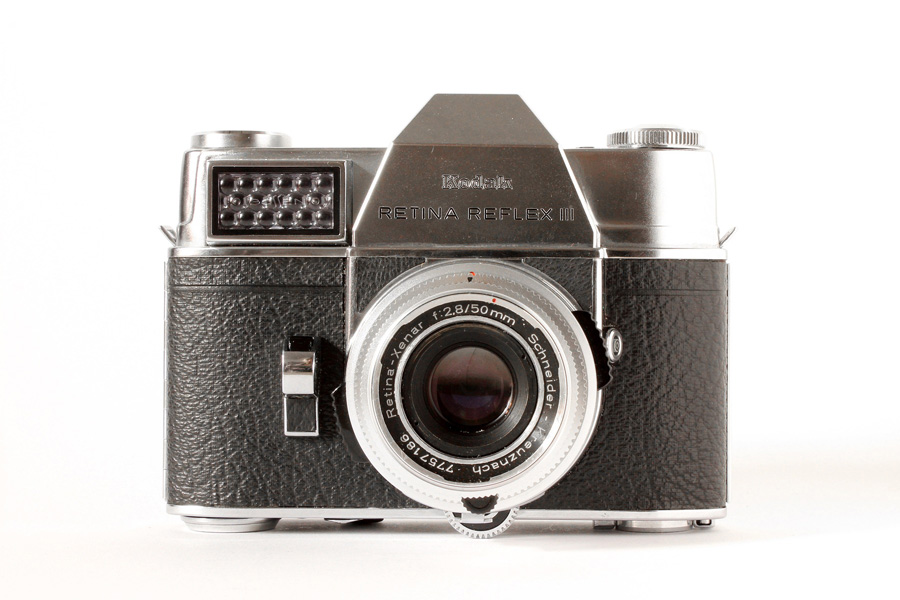ExampleDescriptive features
In one case from 1999, the mark FINEFORM was able to be registered for lingerie, even though the word had some descriptive connotations. This was because the word was not one normally used by other lingerie retailers, and because the trade mark applicant could show evidence that the word had acquired an association with their brand in the minds of consumers.
In 2002, a terracotta shade was able to be registered as a colour trade mark for plastic pipes and pipe fittings, because it was unusual for those pipes to be that colour. The colour had no functional purpose, but instead worked as a ‘badge of origin’ in the minds of consumers that pipes in that colour came from the applicant company.
A trade mark applicant can overcome a claim that their mark does not distinguish by presenting evidence that the trade mark already distinguishes the applicant’s goods or services in the market or that it has the potential to do so in the future. The applicant will need to show that consumers view the mark as a badge of origin for the goods or services, and not simply as descriptive of some of the features or qualities of the goods or services.
If a mark has already been in use prior to the application for registration, evidence of use may include sale reports, advertising expenditure and evidence of the geographical extent of the use of the mark until the date of application. If a mark is yet to be used, the applicant may have to show pre-launch market research, advertising and sales plans. The extent of evidence required depends on the nature of the mark in question.

